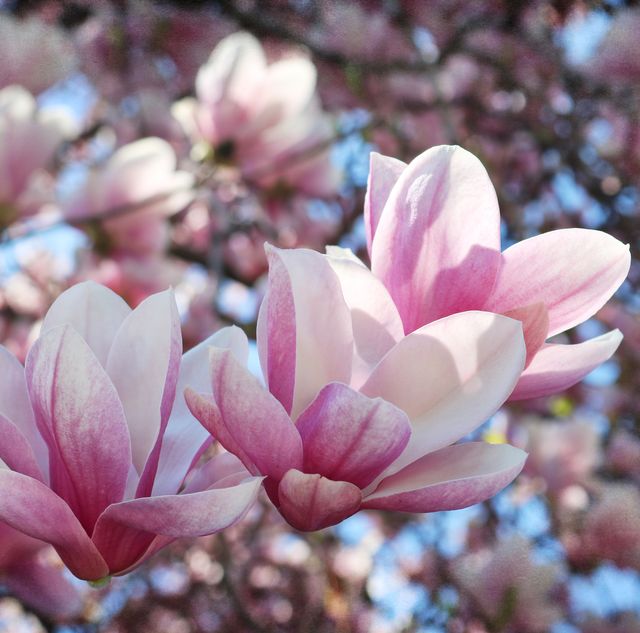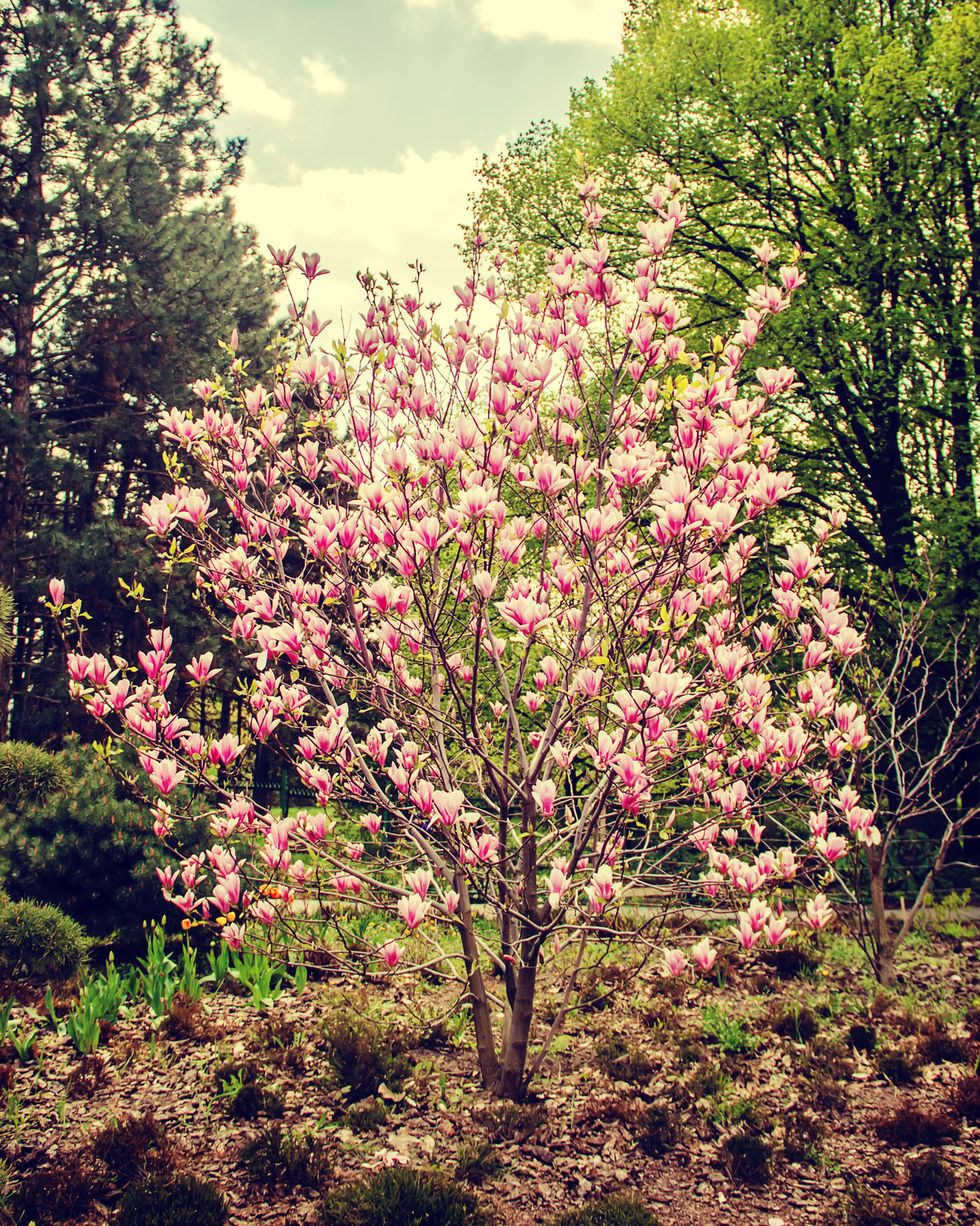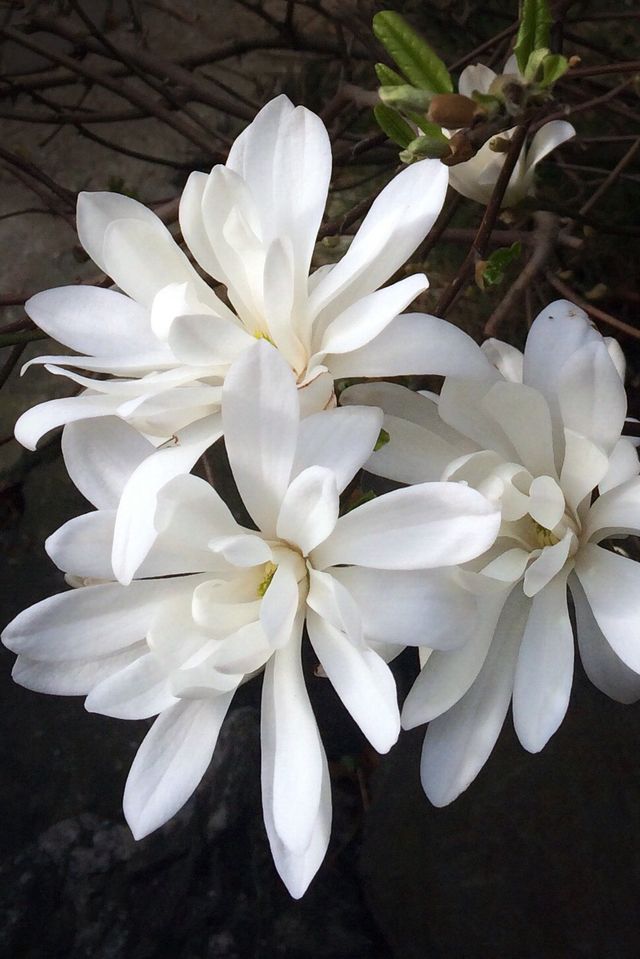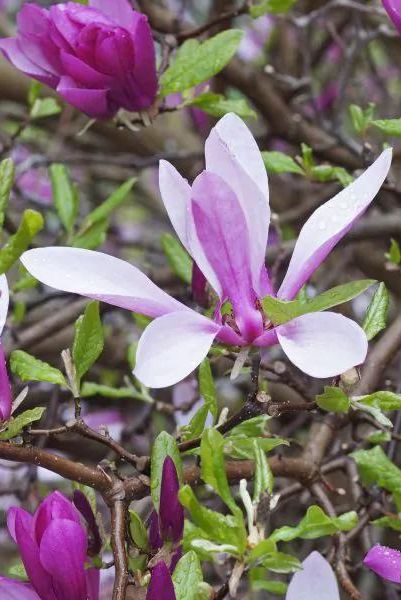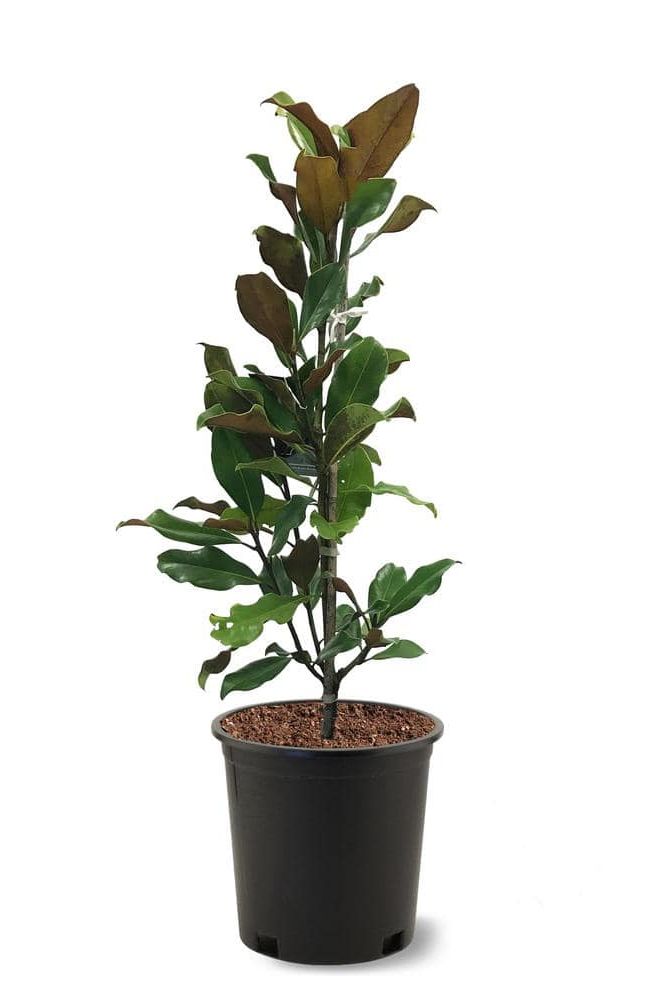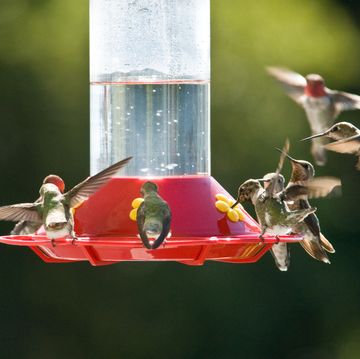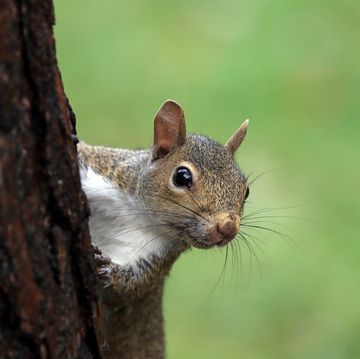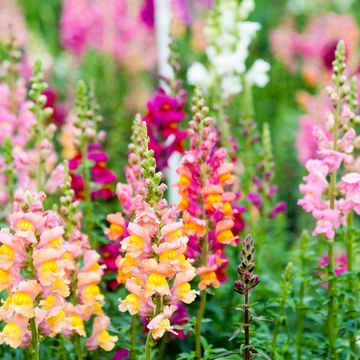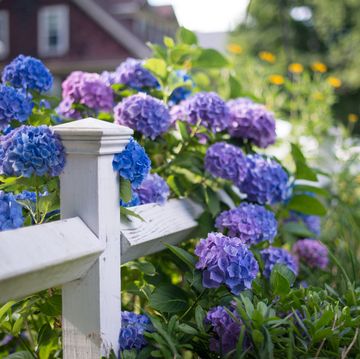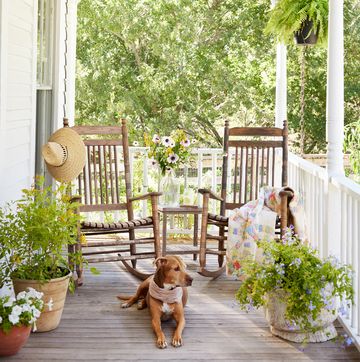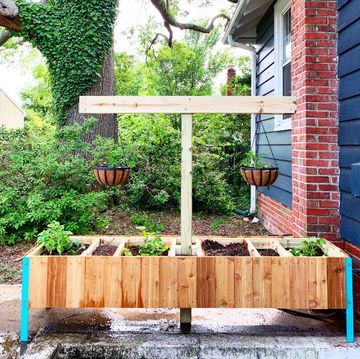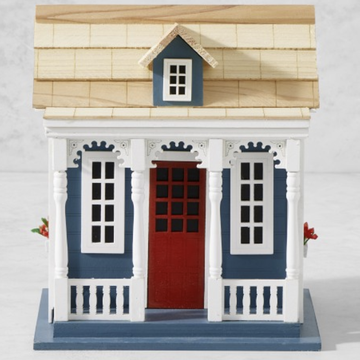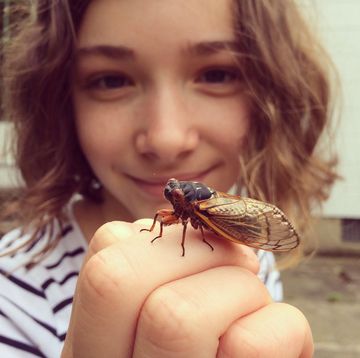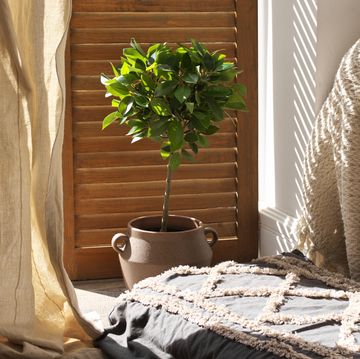Magnolias are one of the most loved flowering trees for their stunning blooms and dramatic white, cream, pink or purplish flowers. A symbol of the South (and a favorite of Chip and Joanna Gaines of course), magnolia flowers bloom when trees are young, so homeowners and gardeners often prefer to plant them.
Magnolia trees (which also come in shrub form) may be either deciduous (meaning they drop their leaves in the fall) or evergreen. Amazingly, some types can live for up to 200 years!
They’re generally free from pests and diseases, and they don’t need to be pruned. You can plant them any time, but fall is an especially good time to help them get established when rainfall generally is more plentiful and temperatures more moderate.
Here's what else you need to know about magnolia flowers:
What does a magnolia flower symbolize?
Named for Pierre Magnol, a 17th century French botanist, the tree's gorgeous flowers are said to represent nobility and purity. They were traditionally included in bridal bouquets for this reason.
Interesting side note: Magnol’s biggest contribution to science was grouping plants with similar characteristics into the same “family,” which is the word he used. If you remember your high school biology, scientists still include "family" between order and genus when determining plant (and animal) taxonomy!
How long do magnolia flowers last?
Though it depends on the weather conditions, magnolia flowers typically last about two weeks, before falling. A heavy rain, late frost, or unseasonably warm conditions may shorten that considerably. Freezing temperatures especially will cause blooms to turn brown and drop off.
What month do magnolias flower?
Depending on the variety, magnolias can bloom from late winter to mid-spring. Evergreen varieties can bloom between late spring and summer. Weather conditions play a part, too, and may cause the trees to bloom a little earlier or later than usual.
Are magnolias poisonous?
According to ASPCA, magnolia flowers are not toxic to pets if ingested, so Spot and Simba are both safe. However, it’s important to remember than any plant can cause vomiting or GI upset if eaten in large quantities. If you find your pet trying to snack on the fallen flowers, it’s always better to be safe and keep them away.
Do magnolias come back every year?
As trees, magnolias should certainly continue to grow and bloom every year! There are species of magnolia that are able to grow in most areas of the country, but you must make sure to choose a variety that can withstand the winters in your USDA Hardiness zone (find yours here).
Magnolias also need full sun to thrive, so it's important to find a spot that gets at least 6 or more hours of direct sunlight per day. They’re not fond of soggy soils, and need good drainage. Finally, read the plant tag to learn the tree’s mature size and give it plenty of room to grow and spread.
What kind of magnolia should I grow?
The iconic Southern magnolia is an evergreen that grows in zones 7 to 10, but be very, very careful about placement. This tree can reach heights of 100 feet and widths of 30 to 50 feet. (So, don't plant one under electric wires!)
Plus, we won’t lie: They’re messy trees. Southern magnolias are known for dropping large flowers and big, leathery leaves, and they require frequent cleanups. Smaller cultivars, or cultivated varieties, such as Little Gem, are more petite and better for most home gardens.
For the rest of the country, other magnolia varieties are a better choice. Saucer magnolias grow in zones 5 to 9 and have cup-shaped blooms in early spring. They flower so early that, in some years, they can be damaged by frost, and they reach heights of up to 40 feet. Star magnolias, which grow in zones 3 to 10, are the most cold-hardy and often more shrub-like. They only reach about 15 feet tall.
How do I care for a magnolia?
Once you find the perfect spot in your yard, dig a hole about two to three times the width of the pot. Rough up the root ball a bit with your gloved hand, especially if the roots were circling around inside the pot. Plant at the same depth it was in the container, replace the soil, tamp down, and water well. You don’t need to fertilize. Keep it watered the first year while it's getting established, then enjoy this beautiful tree for decades.
Arricca Elin SanSone has written about health and lifestyle topics for Prevention, Country Living, Woman's Day, and more. She’s passionate about gardening, baking, reading, and spending time with the people and dogs she loves.
